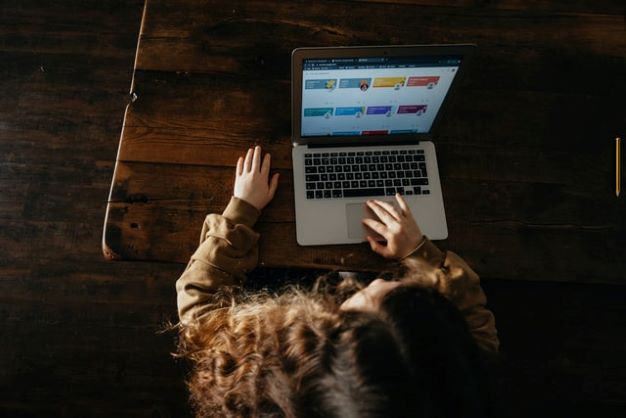Our class was lucky to have Tracy Humphries, the founder and chair of BCEdAccess, deliver a presentation on technology and inclusion. BCEdAccess is a volunteer-run society in BC which aims to support students with disabilities and their families to getting access to technological support.

In What Ways is Accessibility an Issue?
- There may be a lack of funding available at the school.
- Students may not have been assessed yet or properly assessed.
- Tracy stated that in some cases, ableism may be a barrier. (Eg, asking “are they ‘disabled’ enough?”, how are the other students in the class perceiving the student who is using the tech?, are the teachers providing the tech with the goal being to stop using the tech, or do they recognize that it may be a tool they use indefinitely?
How do You Begin to Determine What Kind of Supports Your Student Needs?
If they have an individual education plan (IEP), start by reading it.
If you are teaching Kindergarten, your student likely wont have an IEP. Even the process of getting any potential diagnoses before kindergarten can be challenging and time consuming. In this case, you need to begin by making your own observations about the student. As well, you need to start having conversations with their home team. Moreover, perhaps you can talk to the student about what helps them. Your next step is to look at the resources, tools, and funding that may be available at your school, and what you may need to advocate for.
How Do We Effectively Use These Supports?
Tracy did a great job of emphasizing the importance of integration as opposed to segregation. Everything requires adaptability and time to figure out what’s going to work for your students, yourself, and your classroom as a whole. We also need to think of potential technological supports as “the glasses,” “the wheelchair,” etc, as Tracy stated; the supports we are providing for our students may be supports they use indefinitely, and if that works for them, for you, for the class as a whole, then that is fantastic. There should be no stigma against it and no barriers, as lack of tech can actually lead to exclusion in the classroom. Our goal is to provide and advocate for the resources which will enable our students to participate with the class, whether or not those resources involve technology.




